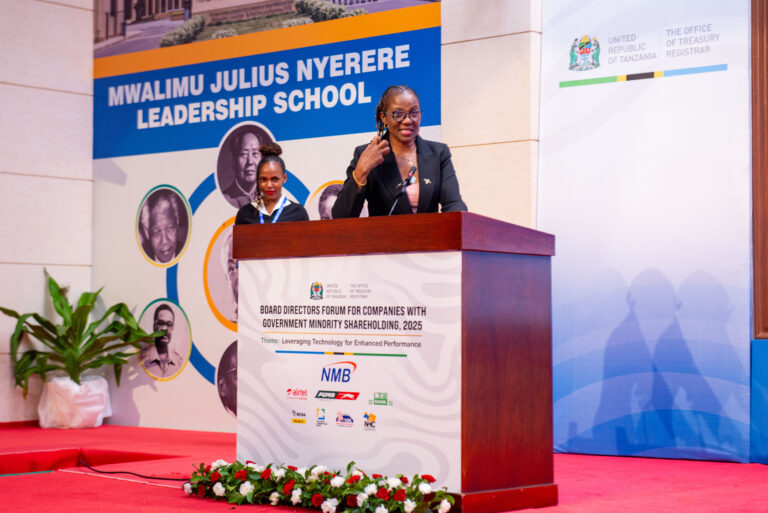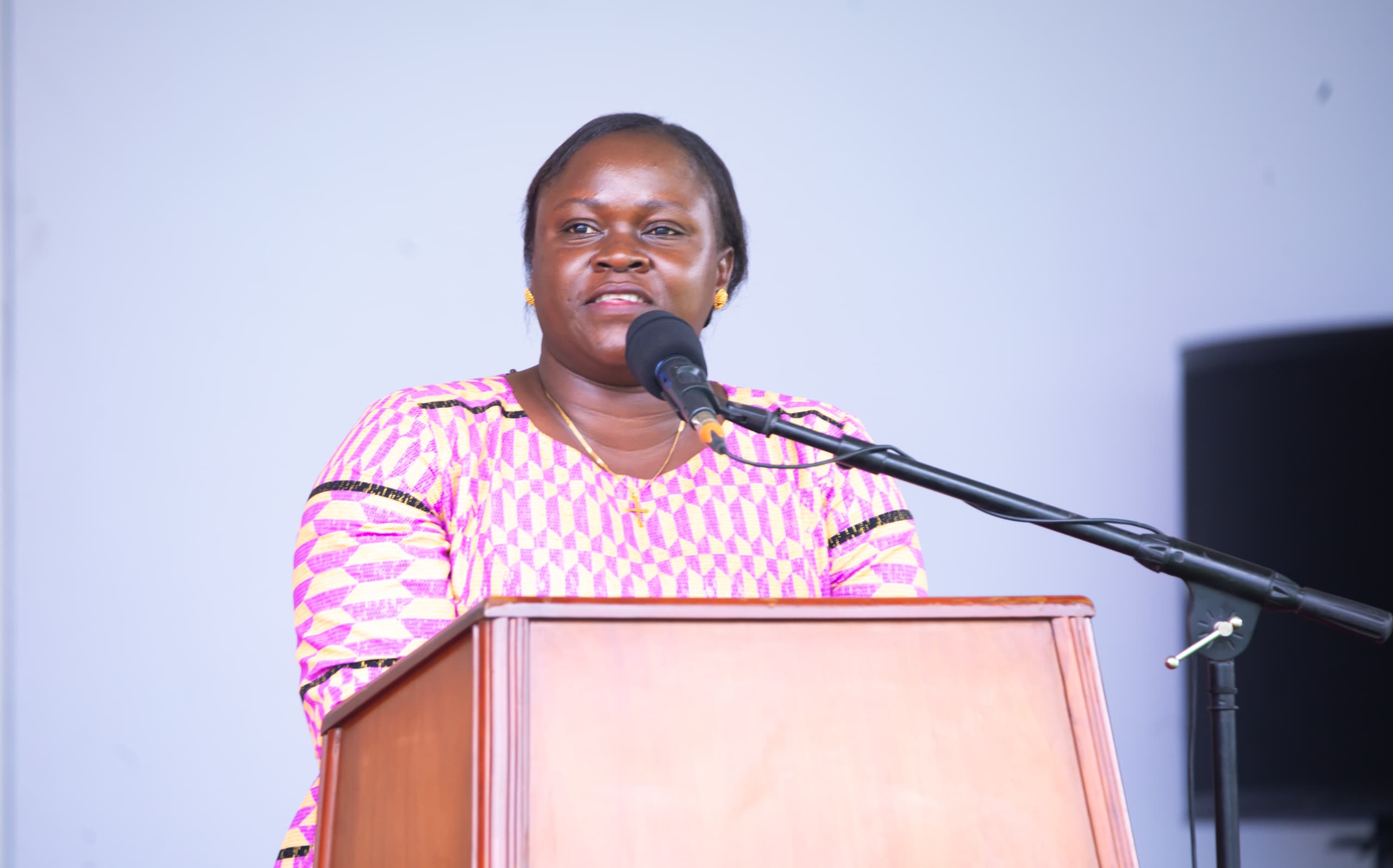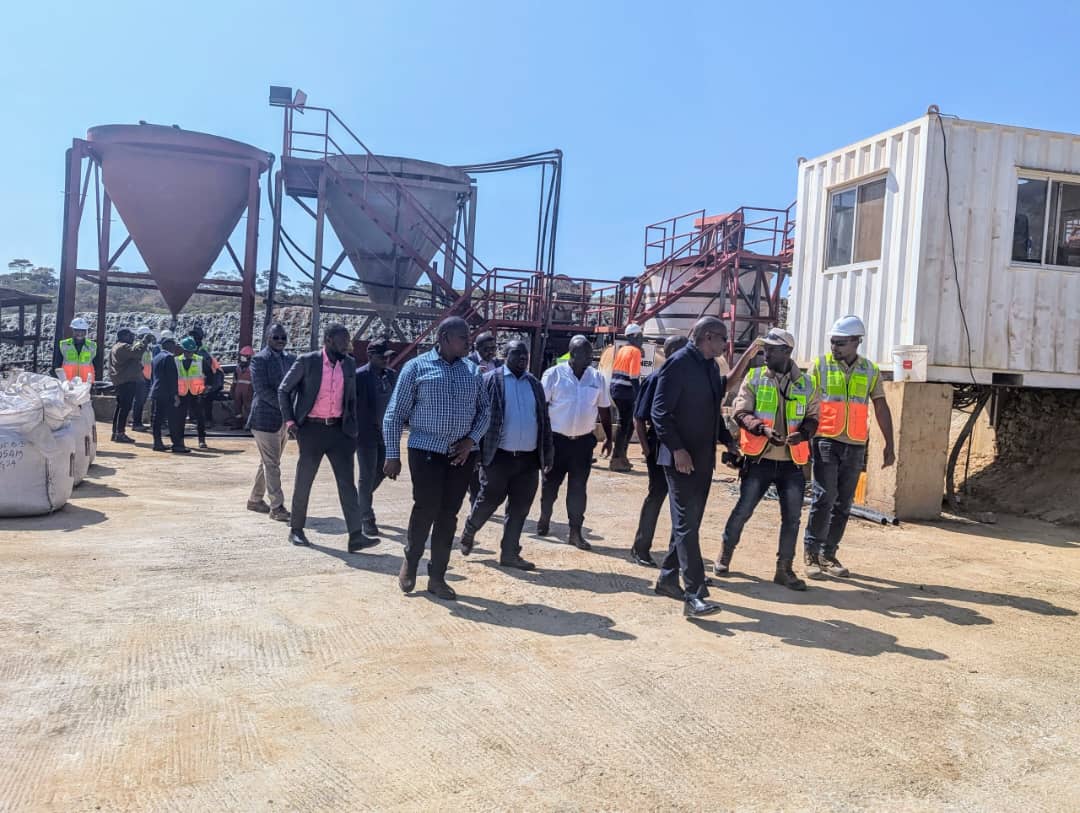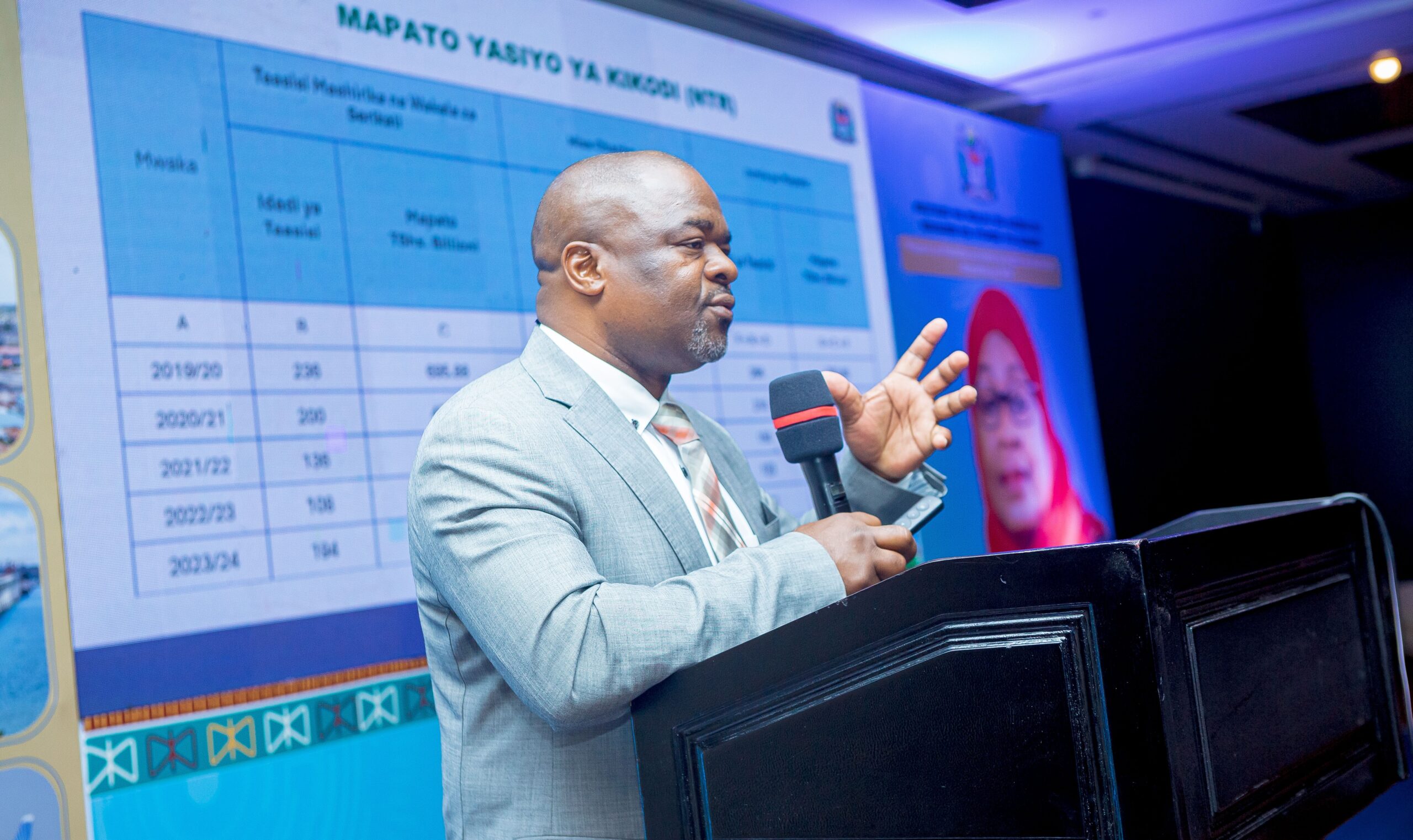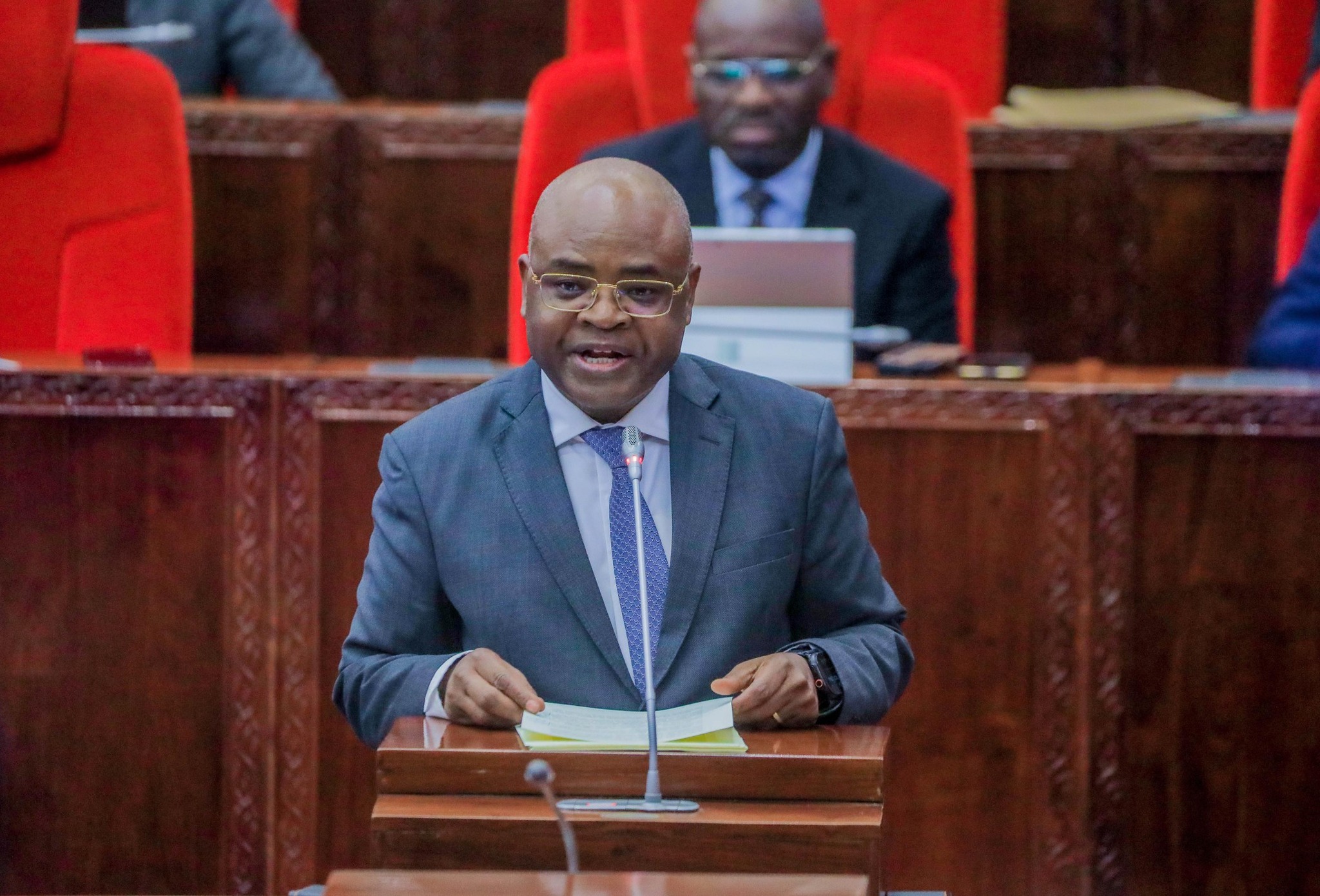Dar es Salaam. Tanzania’s strategy to strengthen domestic revenue mobilisation is showing clear results, with non-tax revenues (NTRs) collected by the Office of the Treasury Registrar (OTR) reaching Sh749 billion by May 7, 2025.
This represents 67 percent of the Sh1.113 trillion annual target for the 2024/25 fiscal year—signaling that OTR is on track to meet or even exceed its full-year goal.
The performance, described by OTR officials as a result of sustained reform and institutional discipline, comes amid broader government efforts to reduce reliance on donor aid and commercial borrowing by unlocking more value from domestic assets and state participation in commercial ventures.
Speaking ahead of the upcoming Gawio Day—whose official date is yet to be announced—OTR’s Director of Performance Management, Monitoring, and Evaluation, Ms Lightness Mauki, attributed the positive results to improved compliance by public institutions and an uptick in early dividend declarations.
While many entities are still finalising their Annual General Meetings (AGMs), she expressed confidence that the remaining 33 percent of the target would be collected before the end of the financial year.
Gawio Day serves as both a fiscal milestone and a demonstration of accountability, where the Head of State receives dividends on behalf of the public from government-owned and minority-shareholding institutions.
The event also reflects how effectively public investments are translating into tangible fiscal returns.
Compared to Sh500 billion collected by the same date in 2024, the current figure represents a 50 percent year-on-year increase—an indication that OTR’s reform agenda is bearing fruit.
This growth is especially notable in a context where non-tax revenue streams have historically faced underperformance due to weak enforcement, limited transparency, and inefficiencies in institutional coordination.
Treasury Registrar Mr Nehemiah Mchechu has credited the strong performance to enhanced oversight of commercial public entities.
His office has undertaken a detailed review of shareholder agreements, technical assistance contracts, and operational terms to eliminate inefficiencies and redirect value back to the Treasury.
These structural interventions have reduced operational costs and improved returns from government investments.
Digital transformation has also played a key enabling role.
The rollout and expanded adoption of the Government Electronic Payment Gateway (GePG) has strengthened transparency, traceability, and compliance across the revenue collection chain.
This has allowed for near real-time monitoring of remittances and reduced the scope for underreporting.
Of the Sh749 billion collected so far, 63 percent came from dividends declared by public corporations and minority-shareholding firms.
Another 29 percent was generated through the mandatory 15 percent contribution from gross revenues to the Consolidated Fund.
The remaining 8 percent was sourced from on-lending—loan repayments and interest earnings, and collections from the Telecom Traffic Monitoring System (TTMS).
The revenue mix signals a maturing and more diversified portfolio of non-tax revenue sources under OTR’s purview.
Analysts note that this evolution is key to long-term fiscal resilience, allowing the government to tap consistent inflows across sectors while buffering against economic shocks.
Institutional governance mechanisms have also been strengthened.
Ms Neema Musomba, Director of Management Services at OTR, explained that public institutions are now subject to structured quarterly, semi-annual, and annual performance reviews.
These are reinforced by rigorous scrutiny of institutional budgets before approval, ensuring that spending aligns with national development goals and anticipated fiscal returns.
Additionally, performance contracts between OTR and the boards of directors of public entities have been overhauled to promote direct accountability, with measurable performance indicators and regular evaluations driving a more results-focused culture.
The non-tax revenues managed by OTR are increasingly viewed as a strategic component of the national budget.
Beyond covering operational expenses, they help finance priority sectors such as education, health, water, and infrastructure—while reducing dependence on external debt and aid.
“Dividends are not just a financial transaction—they are a reflection of how well our public entities are aligned with national development objectives,” Ms Musomba noted.
With the June 30 deadline for final dividend submissions approaching, OTR has called on all public institutions yet to remit their contributions to do so promptly, ensuring full alignment with government planning and the fiscal year’s closure.

